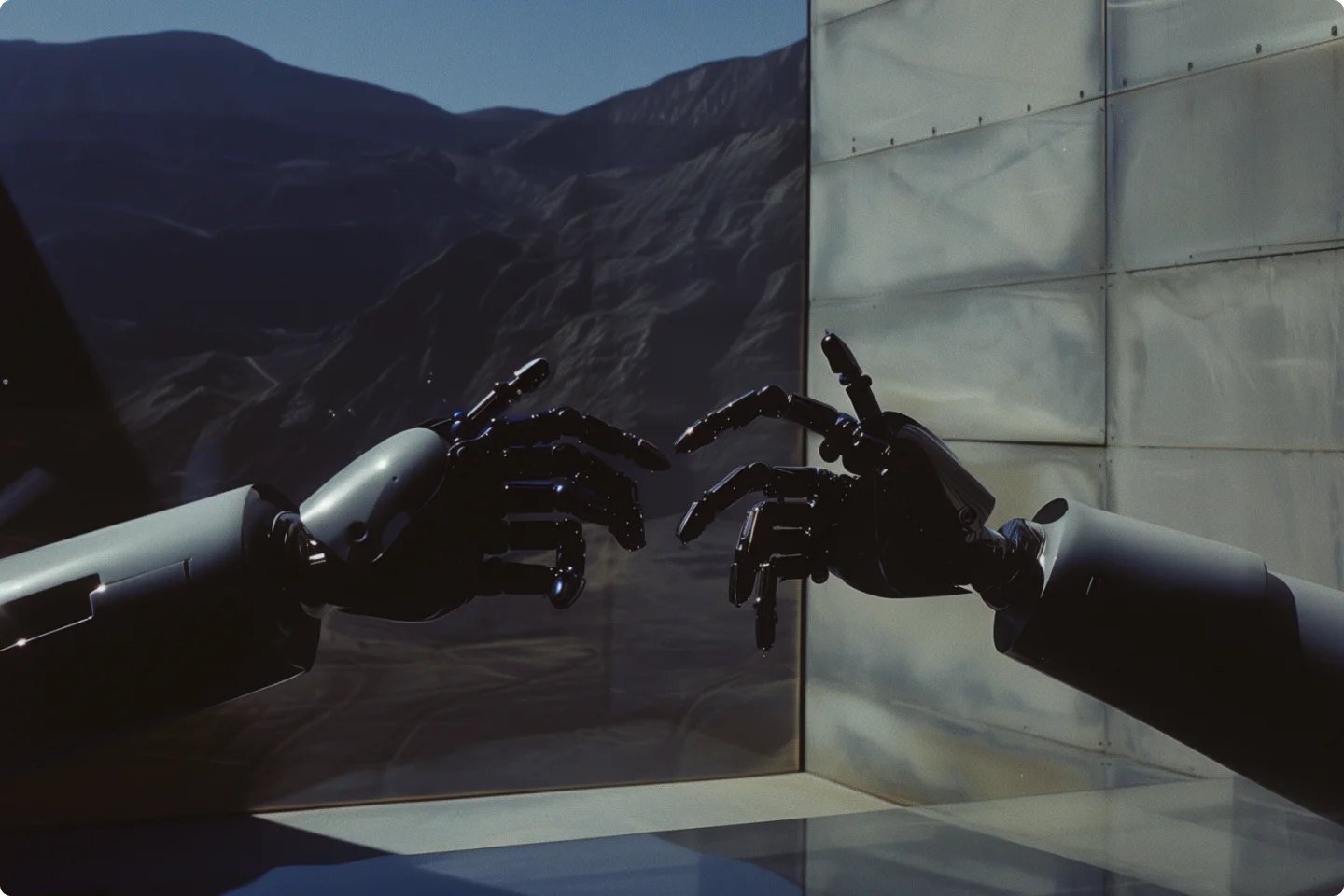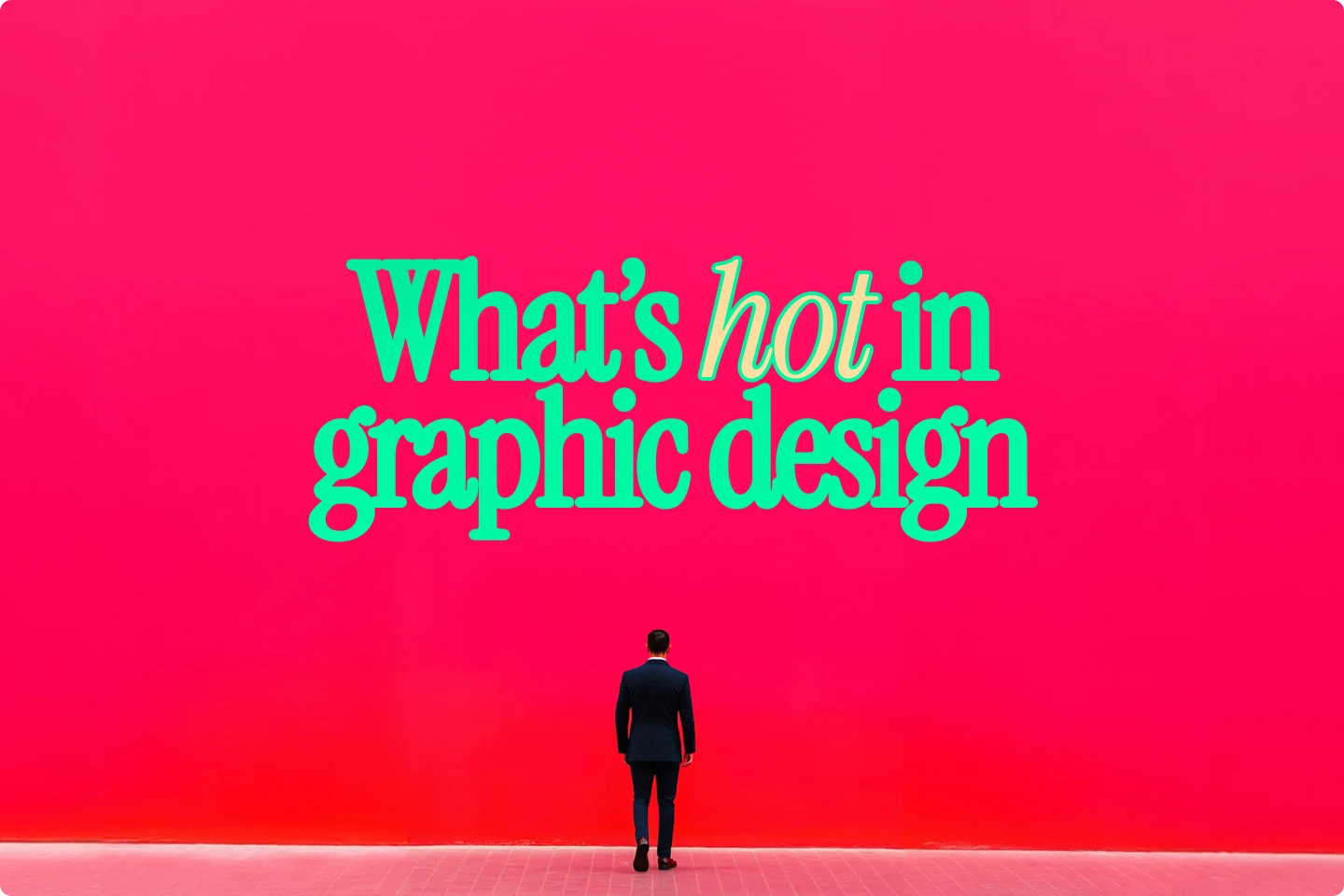All creatives should know about the ethics of AI-generated images


Ethics are an increasingly important aspect of artificial intelligence and how it is used. Here are some of the most important factors you should know.
AI-generated images are a fascinating and evolving technology. With AI tools becoming more advanced, the potential for creativity is limitless. But as we embrace this technology, we must consider the ethical concerns it raises. Let's explore these issues and see how they impact our creative work.
Understanding AI-generated Images
AI-generated images use machine learning and neural networks. These technologies let computers learn from a vast amount of data, like photos and art pieces. Then, image generators make new images based on that information. Popular tools like DALL-E and Midjourney make this technology accessible to everyone.
Applications of AI images
AI-generated images have many uses:
- Advertising
- Media
- Design
- Personal creative projects
These tools offer incredible opportunities. But they also bring several ethical issues we need to consider.
Looking at the ethical concerns of AI-generated Images
The ethical concerns of AI-generated images cover various aspects. These include ownership, privacy, bias, environmental impact, and the question of whether an AI could replace a human.
Intellectual property and copyright
One major ethical issue of AI-generated images is ownership. If you create an artwork using a deep learning AI tool, who owns the image? Is it you, the creator, or the company that developed the AI?
This question gets more complicated when the AI-generated image closely resembles an existing work. We must respect intellectual property rights to ensure that we do not unfairly use or copy original artists' work.
Questions to Consider:
- Who owns AI-generated content?
- How do we respect original artists' rights?
Intellectual property laws are still catching up with AI technology. Some countries have started implementing regulations, but there's a lot of gray area, and many ethical challenges. In many cases, the rules are unclear or inconsistent. This lack of clarity can lead to disputes over who owns the rights to AI-generated images.
Artists and creators must be aware of these issues when using AI tools. Understanding the legal landscape can help you navigate potential pitfalls.
Creativity and originality
Art has always been about personal expression and creativity. When AI generates an image, it lacks the human touch that makes art special. Can we consider AI-generated images as truly original?
This question challenges our traditional views on art and creativity. We need to think about the value of originality and how AI fits into our understanding of artistic expression.
Some argue that AI-generated images can still be creative and original. They mention that AI tools are just another medium for artists to use. Just as a painter uses brushes and paint, an AI artist uses algorithms and data. Or even a black box AI where the output is totally opaque to the human creator.
However, others believe that AI-powered images lack the depth and meaning that come from human experience. They argue that true art requires a personal connection between the artist and the viewer. AI, they say, cannot replicate this connection.
Both perspectives have merit, and the debate is ongoing. As AI technology continues to evolve, our understanding of creativity and originality may also change.
Privacy and consent
AI tools often use data from real people to learn and create new images. This raises significant privacy concerns. For example, if an AI generates an image that looks like a real person, did that person consent to their likeness? This is especially troubling if someone uses the image in public media or advertising without permission.

Key Points:
- Importance of data privacy
- Consent for using likenesses in AI-generated images
Data privacy is a major concern in the age of AI. Many AI tools rely on large datasets to train their algorithms. These datasets often include personal information, such as photos and social media posts.
If an AI tool uses this data without consent, it can violate privacy rights. For example, an AI-generated image that resembles a real person might be in an advertisement without their permission. This can lead to serious ethical and legal issues.
To address these concerns, some experts suggest stricter data privacy laws. These laws could require companies to obtain explicit consent before using personal data for AI training. They could also mandate better transparency about data and how one uses and stores it.
The issue around bias and representation
AI can perpetuate biases present in the data it was trained on. If the training data includes stereotypes or biased representations, the AI will likely reproduce these issues. This can lead to problematic portrayals of marginalized groups in AI images and AI stock photos. Ensuring that training data is diverse and fair is crucial to avoid these ethical problems.
Bias in AI is a well-documented issue. Many AI tools learn from datasets that reflect existing social biases.
This bias can have serious consequences. AI-generated images that perpetuate stereotypes can harm marginalized groups. They can also mislead viewers and distort their understanding of reality.
To combat bias, it’s important to use diverse and representative training data. This means including images from a wide range of sources and ensuring that all groups are fairly represented. It also involves ongoing monitoring and adjustment to address any biases that emerge.
Environmental impact of AI technology
Training AI models requires huge amounts of power and energy, which raises environmental concerns. As we embrace AI technology, we need to consider its impact on our planet.

Considerations:
- Energy consumption of AI training
- Environmental impact of AI technologies
The environmental impact of AI is often overlooked, but it’s a significant issue. Training large AI models can consume vast amounts of energy. This energy consumption contributes to carbon emissions and other environmental problems.
As AI technology becomes more widespread, its environmental impact is likely to grow. To address this, some experts suggest using more energy-efficient algorithms and hardware. Others advocate for policies that encourage sustainable AI practices.
AI users should know about these issues to understand the environmental impact of AI. That way, all user can make more informed choices about when and how to use this technology.
Case studies and examples
Looking at real-world examples helps us understand these ethical concerns better.
Notable AI-generated artworks
One famous AI-generated piece is "Portrait of Edmond de Belamy," which sold for $432,500 at auction. This artwork sparked debates about the value and originality of AI-generated art. It highlighted how AI is challenging our traditional ideas of what constitutes art.
Another example is the work of AI artist Robbie Barrat. Barrat uses AI to create surreal and abstract images that have been exhibited in galleries around the world. His work raises questions about the role of AI in the art world and the nature of creativity itself.
These examples show the potential of AI-generated art, but they also highlight the ethical issues involved. As AI becomes more prevalent in the art world, these debates are likely to continue.
Real life examples of ethical controversies
There have been incidents where AI-generated images caused ethical controversies. For example, some AI tools have generated images that were offensive due to biased training data. These incidents show the importance of carefully monitoring and controlling the data used in AI training.
One notable controversy involved the AI tool DeepNude. This tool used AI to create fake nude images of women from regular photos. It was eventually taken down, but the incident highlighted the dangers of unethical AI applications.
Another controversy involved the use of AI-generated deepfakes. These are videos that use AI to create realistic but fake images of people. Deepfakes have been used to create fake news and spread misinformation. Malicious actors also use deepfakes to create non-consensual pornography, raising serious ethical and legal concerns.

These examples show the potential for misuse of AI technology. They underscore the need for clear ethical guidelines and responsible use of AI.
Regulatory and legal framework
To navigate these ethical concerns, clear regulations and guidelines are necessary.
Current regulations
Currently, laws regarding artificial intelligence/AI and copyright are still developing. Some countries have started implementing regulations, but there's a lot of gray area. Industry standards and ethical codes also vary widely, leading to different practices.
In the United States, for example, the Copyright Office has ruled that AI-generated works are not eligible for copyright protection unless a human contributes significantly to the creation process. This ruling reflects the current uncertainty around AI and intellectual property.
In Europe, the General Data Protection Regulation (GDPR) includes provisions that affect AI. The GDPR requires companies to obtain consent before using personal data, which impacts how AI tools can be trained. However, the regulation does not specifically address AI-generated images.
These examples show that current regulations are often incomplete or unclear. More work is needed to develop comprehensive legal frameworks for AI.
Proposed policies
Experts suggest various reforms to address these issues. These include clearer guidelines on copyright for AI-generated images, stricter data privacy laws, and standards to ensure diversity in training data. These policies aim to balance innovation with ethical responsibility.
Policy Suggestions:
- Clearer copyright guidelines for AI images
- Stricter data privacy laws
- Standards for diverse and fair training data
Some experts also suggest creating ethical codes for AI developers. These codes could provide guidelines for responsible AI use and help prevent ethical violations. They could also promote transparency and accountability in the AI industry.
Another proposal is to create oversight bodies to monitor tech giants and AI development. These bodies could enforce ethical standards and address any issues that arise. They could also promote transparency and accountability in the AI industry, almost like the customer service of AI.
These proposals reflect the growing recognition of the need for ethical oversight in AI. As AI technology continues to evolve, these issues will become increasingly important.
The possible future directions
The future of AI-generated images is both exciting and challenging. Here is what we can expect to come in the upcoming years.
Technological advances
As AI technology advances, we’ll see even more sophisticated AI images and AI stock photos. These tools will become more integrated into our creative processes. They will offer new possibilities for art and design.
For example, future AI tools might be able to create images that are indistinguishable from real photos. They might also be able to generate images in a wide range of styles and formats, making them even more versatile.
However, these advances will also raise new ethical issues. As AI becomes more powerful, the potential for misuse will increase. It will be important to stay informed about these developments and consider their ethical implications.
The ever evolving ethical standards
Ethical standards will continue to evolve. Public discussion and advocacy will play a key role in shaping these standards. As a community, we must continue these conversations to ensure that we’re using AI responsibly and ethically.

Future Considerations:
- Staying informed about technological advances
- Engaging in public discussions on AI ethics
One important area of discussion is the role of AI in creative industries. As AI tools become more prevalent, their impact on artists and designers will grow. We need to consider how these tools will affect the creative process and how this will affect artists and their work.
Another important area is the impact of AI on society as a whole. AI-generated images have the potential to influence public opinion and shape our understanding of the world.
The power of AI comes with huge responsibility
The ethics of AI-generated images is a complex and evolving topic. As we embrace this technology, we must remain mindful of the ethical issues it presents. By considering intellectual property, creativity, privacy, bias, and environmental impact, we can navigate the potential challenges of "bad AI" responsibly.
It's important to keep the conversation going. We should work together to create a future where AI enhances our creativity without compromising our ethical values. Your voice matters in this ongoing dialogue.
Have an opinion on the matter? Want to drop your thoughts? Hit us up on Twitter to let us know!
Aesthetic backgrounds that will save your designs


.webp)



